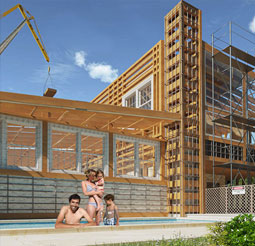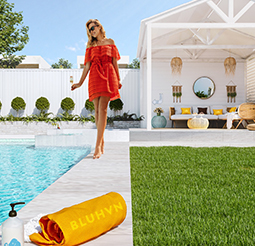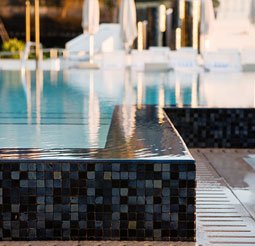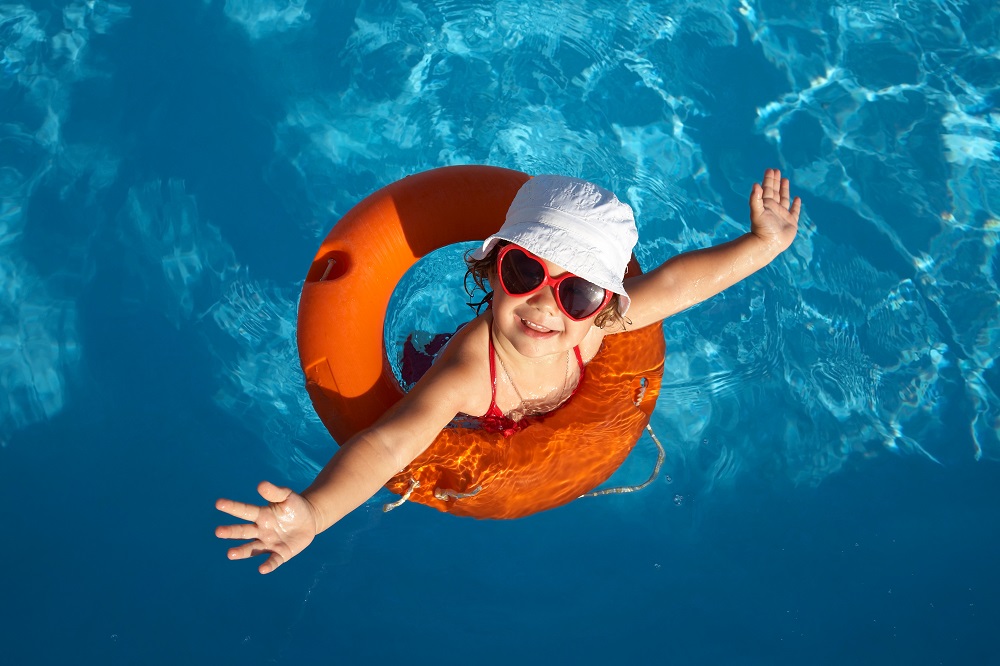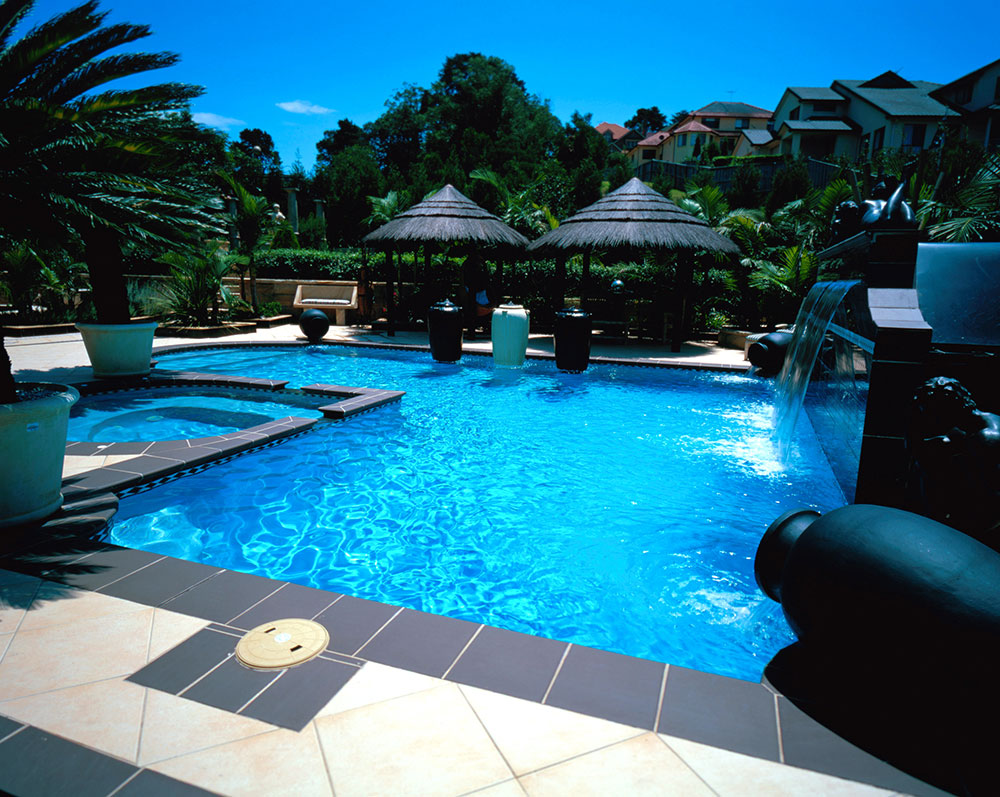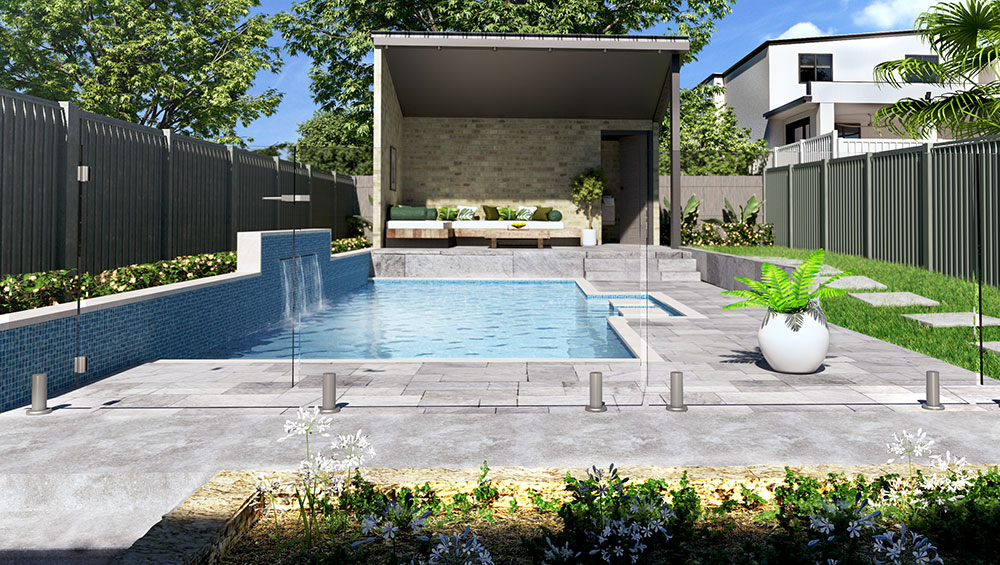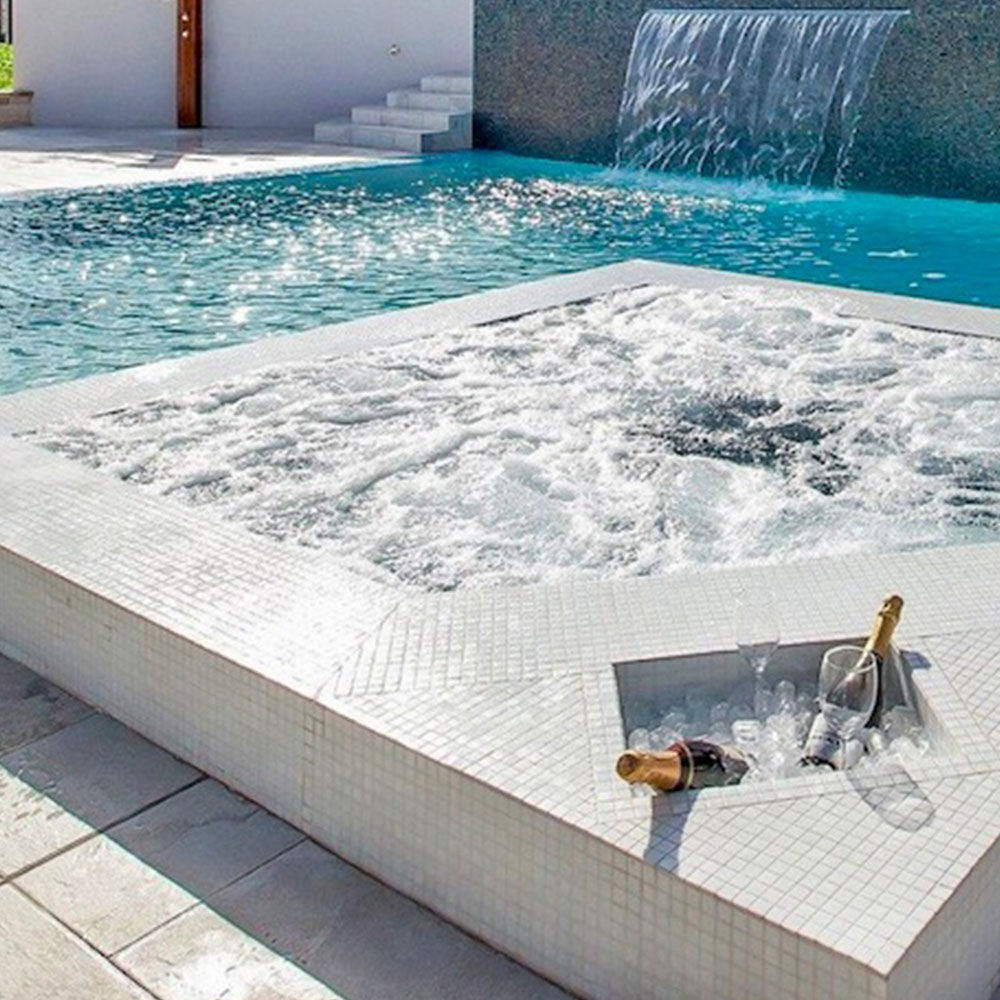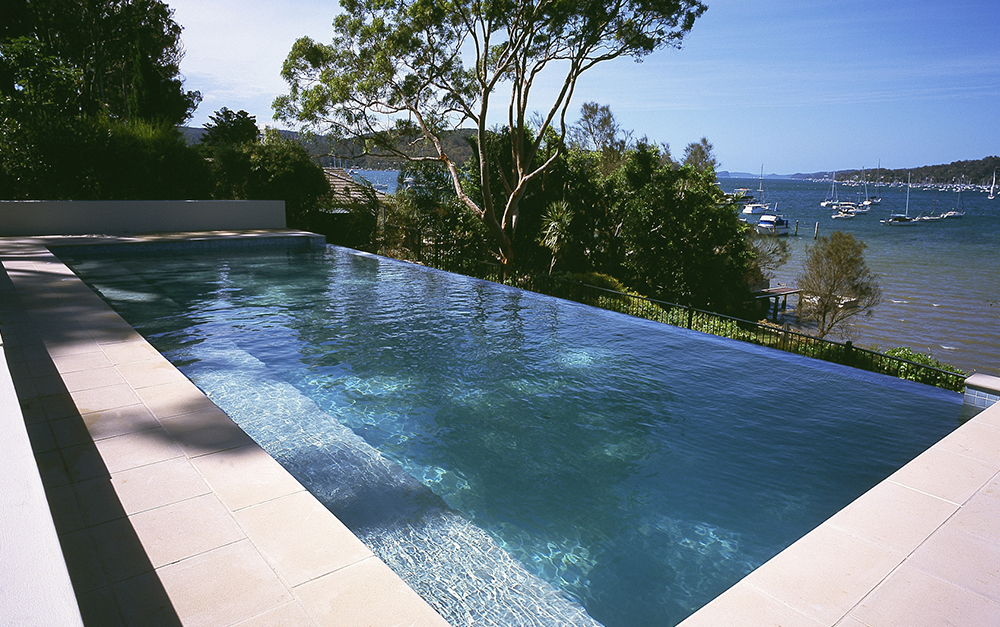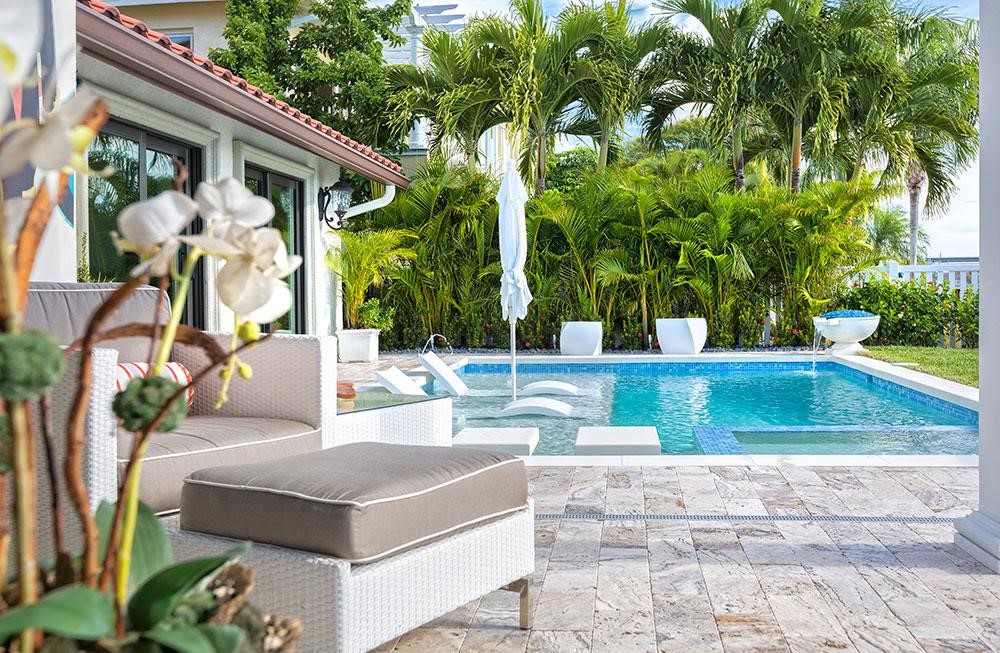Water Safety Tips: Building a Pool Safe for Your Children
August 25, 2021
Everyone deserves to take some time and swim as it is a leisure activity that doubles as a form of exercise, which makes it not surprising that anyone would love it. However, as pleasurable as swimming is, it is not without its risks and dangers, and children are the most vulnerable in and around the water.
According to Australia’s National Drowning Report by the Royal Life Saving Society of Australia, a major cause of death for Australian children is drowning. Sadly, a large number of these accidents take place in backyard or apartment pools. There are many reasons for this, but unsafe pools and ignorance or negligence of water safety tips top the list.
Swimming Pools and Children
Children are attracted to everything glistening and shiny, and swimming pools are not an exception. There’s just a way the turquoise-blue ripples call out to toddlers and preschoolers in an irresistible manner. If you aren’t careful, these kids can slip away to answer the call.
Drowning is usually fast and quiet, and you may not realize it’s happening until it’s too late, even if you’re around the pool.
When you have a pool in your house, you should keep your pool safe for your children. Whether you are there or not, there are so many accidents that can happen in and around the water in the blink of an eye.
How to Build a Safe Pool for Your Kids
Without a doubt, having a backyard pool equals endless fun for you and your kids, but at the same time, water has no mercy. The good news is, although having a pool comes with some risks and dangers, you can help minimize the risks by making sure your pool is safe.
Whether you would like to build a swimming pool or you already have one, here are some pillars of consideration to keep your pool safe:
Place a Pool Barrier/Fence Around Your Pool

One of the major ways you can ensure your pools are safe is by installing a pool barrier or fence. When there is a barrier around your pool, no one, not especially a toddler, can get in without your supervision.
Note that the barrier should be built so that children can’t go under, above, or through it. As a thumb rule, your pool fence should be at least four feet tall, see-through, and surround all sides of the pool. Also, you have to ensure that the barrier’s gate is self-latching and self-closing, and the latches have to be out of a child’s reach. One other tiny yet important detail: it is advised that the gate swings away from the pool to make it impossible for children to push it open.
Cover the Pool When Not in Use
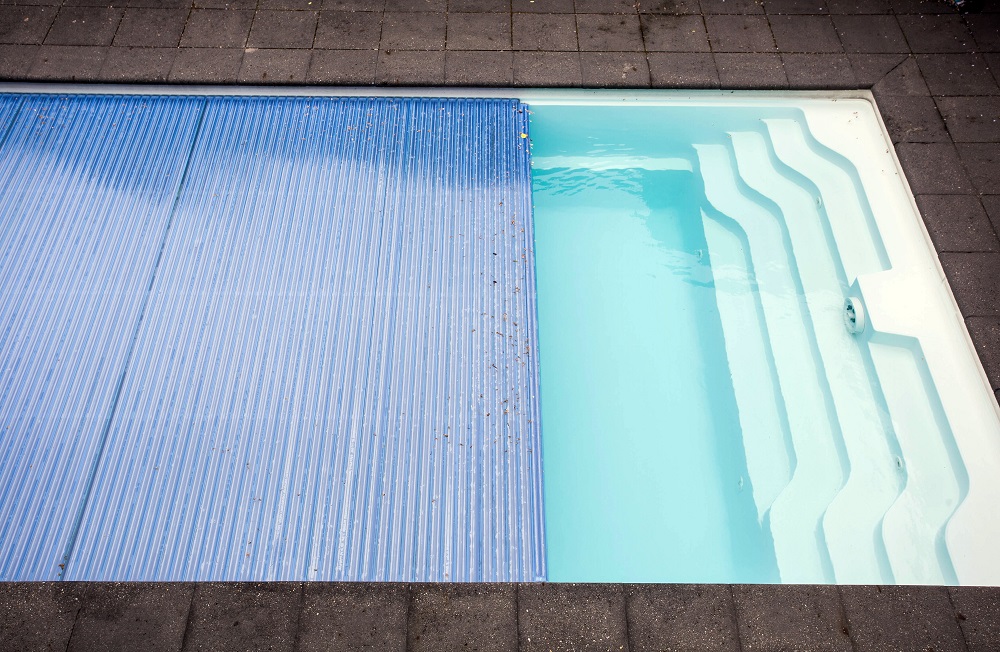
You can also keep your pool safe by keeping it covered when it isn’t in use. Then, if you want to build an above-ground pool, always keep in mind that you have to remove steps and ladders when they are not in use. The cover should fit perfectly across the pool’s surface, leaving no space for any child to go under it and get trapped. Any of these covers will work perfectly for your pool:
- Safety nets;
- Mesh covers;
- Automatic pool covers or vinyl pool covers – in this case, all you have to do is press a button, and the cover will open or close as you desire.
Install Pool Alarms

It is highly recommended to have a pool alarm installed even if you have the covers and barriers in place. Anything can happen, and a pool alarm will detect movement or waves in the water and send out an alarm, so you will know when someone has fallen in. You can opt for the type of alarm system that shoots a beam around the pool area and sends an alarm once someone walks through it.
In the same vein, you also need a door alarm. You can have this installed on any door(s) leading to the pool area. The alarm should have a unique sound so that you will immediately be alerted when someone opens the pool door.
Water Safety Checklist for Children
No matter how safe you’ve made your pool, some other water guidelines need to be followed to ensure you’ve dotted all your I’s and crossed your T’s. Note that water guidelines universally apply no matter where you are in the world.
Some of the water safety tips you need to pay attention to are:
- Always supervise your kids whenever they’re in and around the pool. Even if they can swim, they must not be left alone to do whatever they want.
- Swimming lessons reduce the risk of drowning among children 1-4 years old. Since swimming is not a natural instinct to human beings. Learning how to swim is crucial to saving lives.
- Learn CPR and other lifesaving skills for emergencies and have a first aid box in your house.
- Have your kids learn all the pool safety rules and keep rescue equipment close to the pool.
- Have your kids wear life jackets. Do not replace life jackets with floating toys.
- Don’t let your children play breath-holding games in the water.
- Children can get injured when they jump or dive into shallow water. To avoid this, it is advised that you teach your children to always enter the water with their feet.
- Teach your children to avoid pool drains, and ensure faulty drains are fixed immediately.
- Outline pool rules and have them placed somewhere around the pool.
- Have the deep and shallow ends of your pool clearly marked.
Your child’s safety matters a lot, and as a parent, it is your duty to provide that protection. You don’t have to be scared of having a pool in your house, as long as you have all the safety precautions in place.
Read Also:

